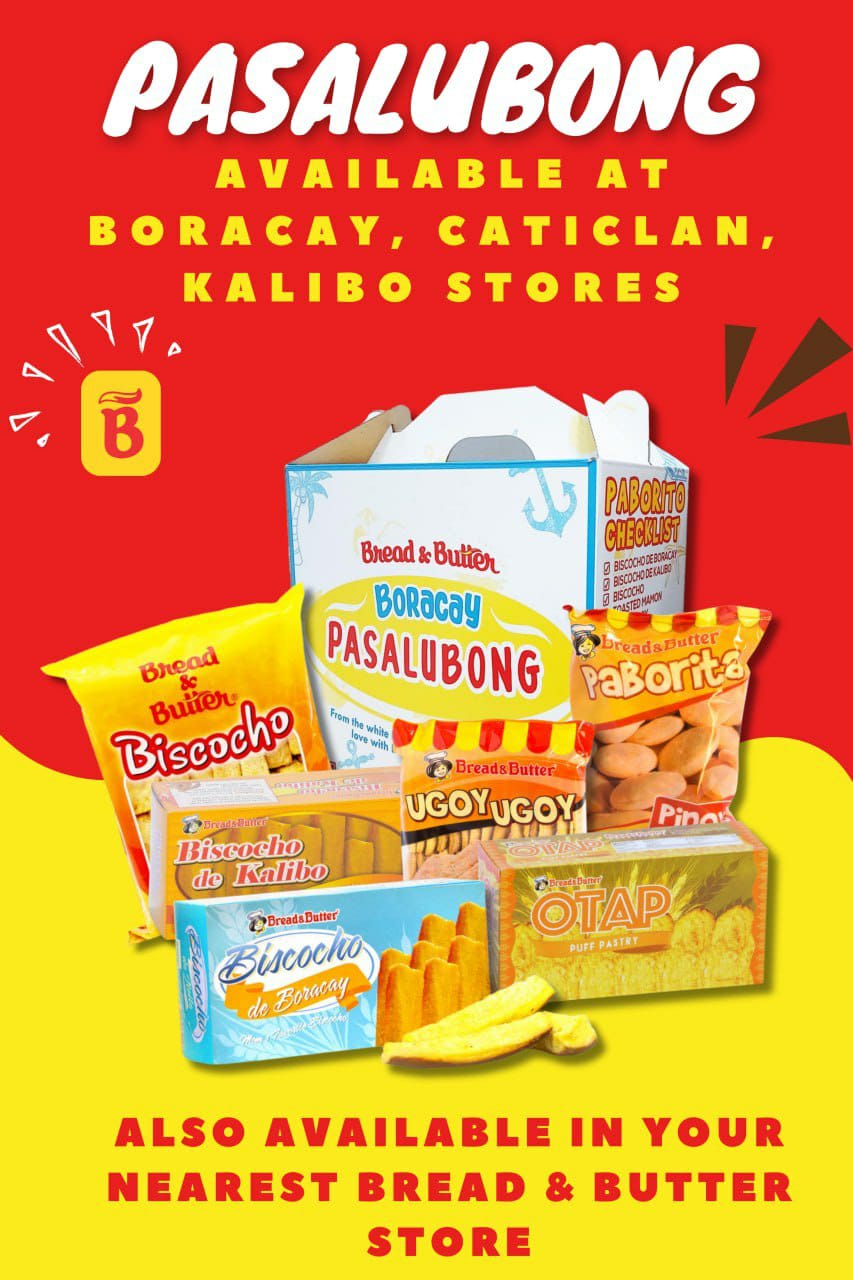[tps_footer]
[/tps_footer]
[tps_footer]
[/tps_footer]

By: Guillermo Sumbiling (photo by: Metallica Shipyard Inc)Start slideshow
Long before the term Overseas Filipino Worker (OFW) became part of the national vocabulary, Aklanons and other Visayans were already crossing seas and borders—often with nothing but courage and grit in their pockets—to work the farms, factories, and households of others.
The history of labor migration among Aklanons runs deep. During the early 20th century, stories were already being told of men from Malinao, Madalag, Libacao, and other upland towns who joined Ilocano workers in braving the cane fields of Hawaii and the agricultural valleys of California. These were not isolated anecdotes—they were organized efforts, shaped by economic necessity and the lack of opportunities back home.
Even within the country, Aklanons were early participants in seasonal labor migration. Many of our grandparents once worked for the hacienderos of Negros, as sacadas—seasonal sugarcane workers—who toiled for months before returning home with barely enough to feed a family, yet proud of their labor. Entire communities in Aklan developed skills and survival instincts rooted in this cyclical flow of work and remittance.
This cultural practice of temporary migration—be it as farmhands, factory workers, shop assistants, or domestic help—is deeply woven into the fabric of Aklanon society. Migration was not seen as abandonment of the homeland, but as an act of resilience, responsibility, and hope.
Today’s OFWs are the modern-day sacadas, but with passports and employment contracts. They board ships and planes instead of wooden boats, but the motivation remains the same: to earn a living, send money home, and return when the harvest—literal or symbolic—is enough.
Understanding this legacy matters. It helps explain why many young Aklanons are emotionally and mentally prepared to leave home in search of better pay. Why local families are structured to support a member abroad, and why remittances continue to be a lifeline not just for individual households but for the local economy as a whole.
This history also challenges us to rethink development. Must every generation of Aklanons always look elsewhere to survive? Or can we begin to build an economy where our people can thrive here, with the same dignity and drive?
From the sugarcane fields of Hawaii to the nursing wards of the Middle East, from the haciendas of Negros to the cruise ships crossing the Atlantic—the Aklanon spirit of work, sacrifice, and hope continues. It is a story worth remembering, honoring, and learning from.Start slideshow
[tps_footer]
[/tps_footer]
Start slideshow

